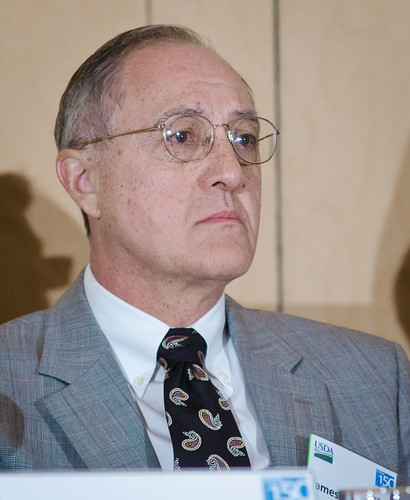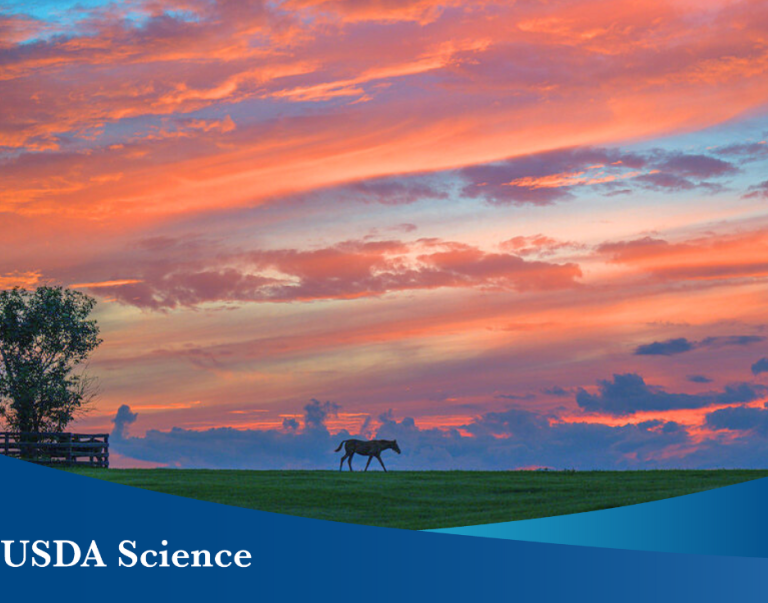
As rural Americans look for new ways to compete globally in the areas of renewable energy production, business expansion and job creation, one factor that is often taken for granted is the availability of a ready supply of water. In much of America, with the exception of parts of the West, water has often been thought of as accessible as the air. Those attitudes are changing.
Last Friday, during the Agricultural Outlook Forum, a distinguished panel, moderated by Rural Development Chief of Staff John Padalino, discussed the relationship of water to economic development and energy production. Dr. James Richardson, an economist at Texas A&M University, kicked things off by telling a near-capacity audience that due to evaporation and other factors, it takes about 4.5 gallons of water to make a gallon of ethanol. He said algae oil, which is refined into advanced biofuel, takes 601 gallons (per gallon of oil) while soybean oil consumes about a gallon of water per gallon of product. By comparison, crude oil production also requires substantial quantities of water. According to Dr. Richardson, an oil well in California requires an average of five gallons of water injection per gallon of gasoline and an average oil well in North Dakota requires two gallons of water injection per gallon of gasoline.
Substantial water resources are also needed for almost any manufacturing operation. For example, panelist Charles Hilton, general manager of the Breezy Hill Water and Sewer Cooperative in South Carolina explained how it took the support of USDA and a progressive and engaged board of directors to weather the transition from supplying the water needs of a textile industry and area homes to an industrial park and now, a huge tire manufacturing operation. The tire factory requires 500,000 gallons of water a day but it is bringing over 800 jobs to the area. He credited USDA support, rural America’s work ethic and the availability of affordable land with keeping his area competitive.

His comments were echoed by panelist Sam Wade, Deputy CEO of the National Rural Water Association who started his presentation by saying “Nobody has done more than USDA Rural Development to improve the quality of life in rural America.” He noted that when he was younger, people didn’t have indoor plumbing. “I hauled our water from a spring to the house. Thanks to USDA there are very few areas like that left in the country.” He noted that the delinquency rate for USDA water loans is less than a quarter of one percent.
While recognizing the importance of rural water availability to our nation’s economic and energy goals, the panelists also discussed the need to prioritize water use to ensure that modern, clean, reliable and affordable water is available for residential use. “The health and welfare of a communities’ residents should be the highest priority”, said Wade.
His sentiments were repeated by Robert Stewart, Executive Director of the Rural Community Assistance partnership (RCAP) who said while rural water needs continue to be substantial and growing, “USDA Rural Development is taking a more comprehensive approach and I applaud that.”
USDA provides support to hundreds of water systems across the nation. To find out more, click here.
The materials presented by the panelists mentioned above are available for review by clicking here.


